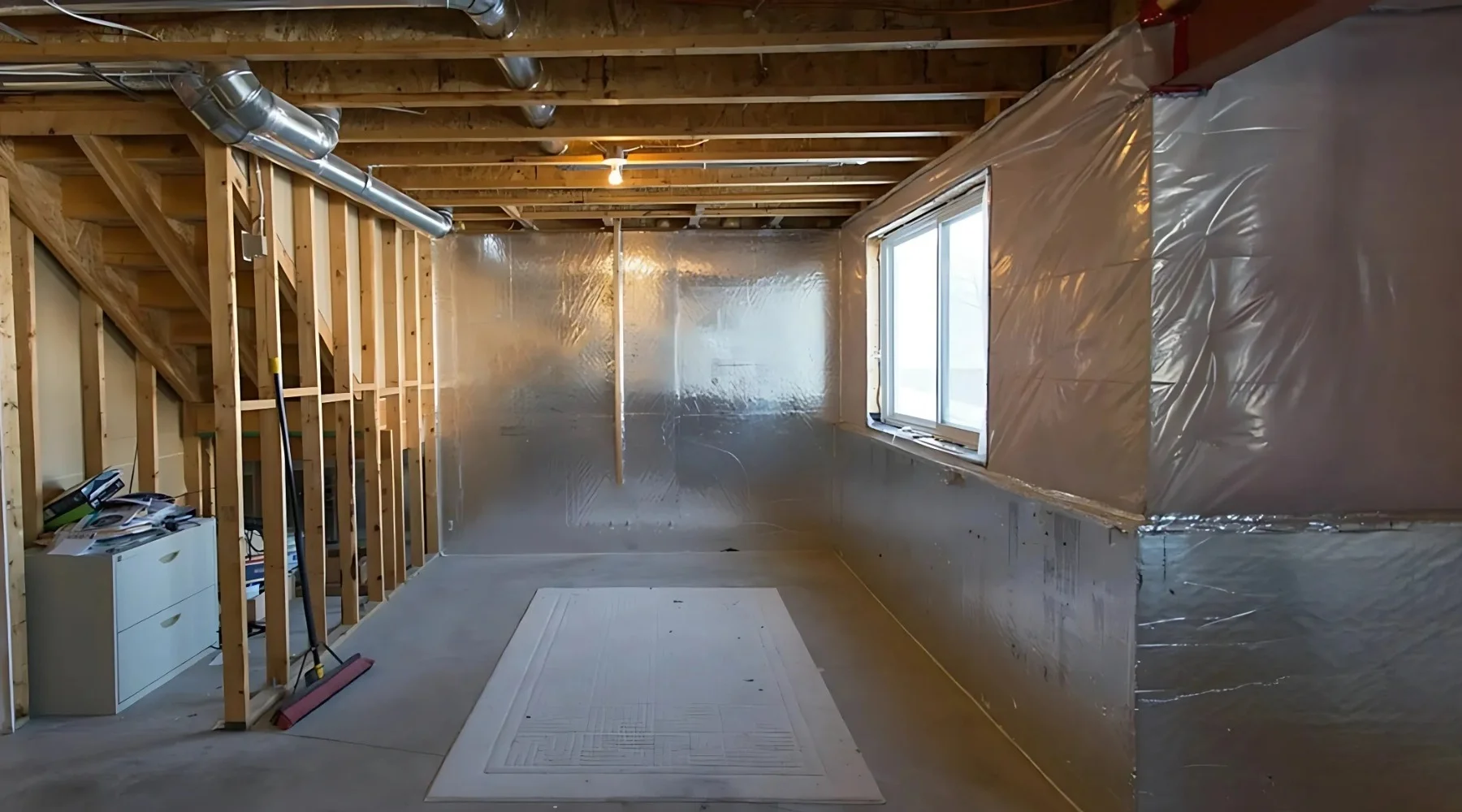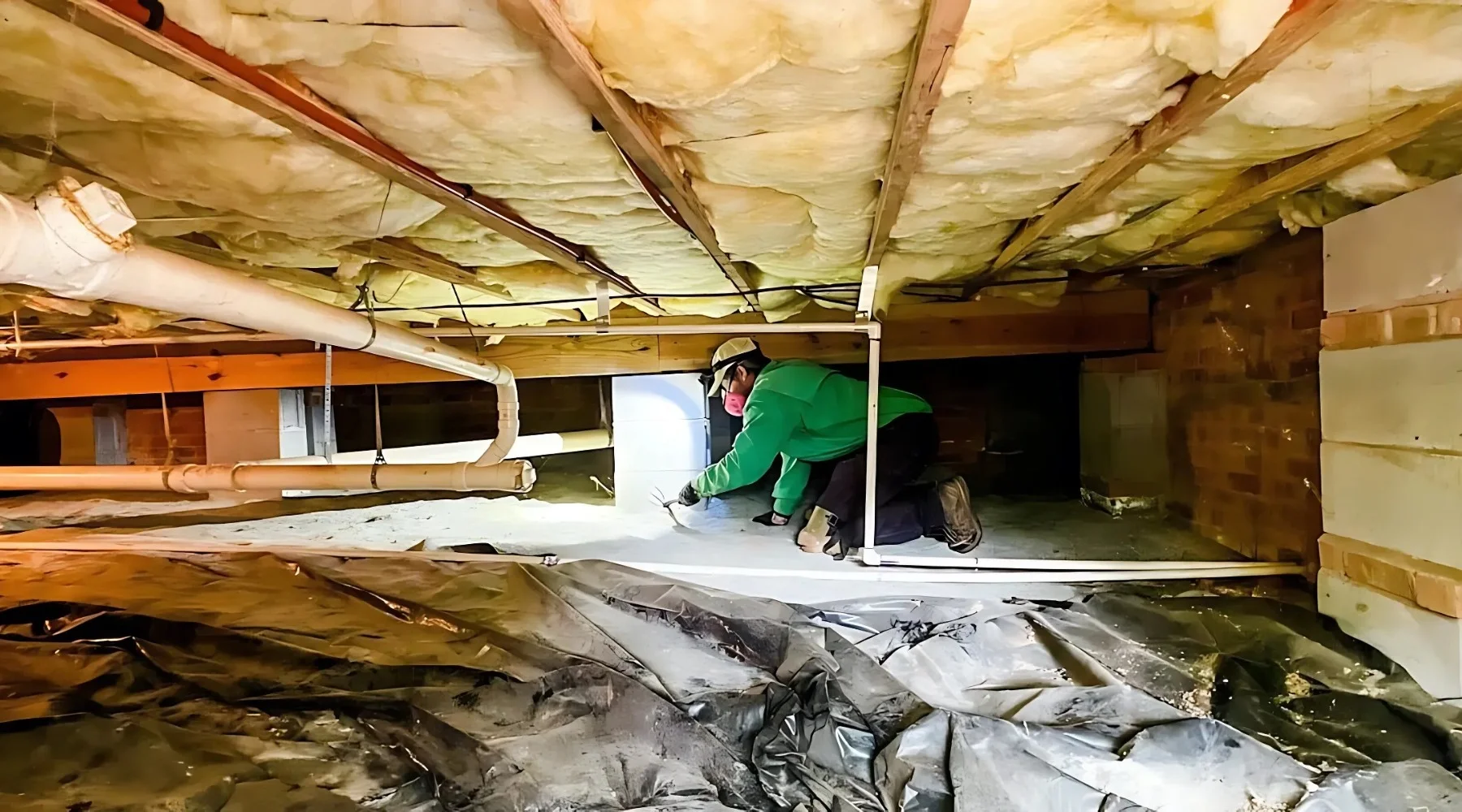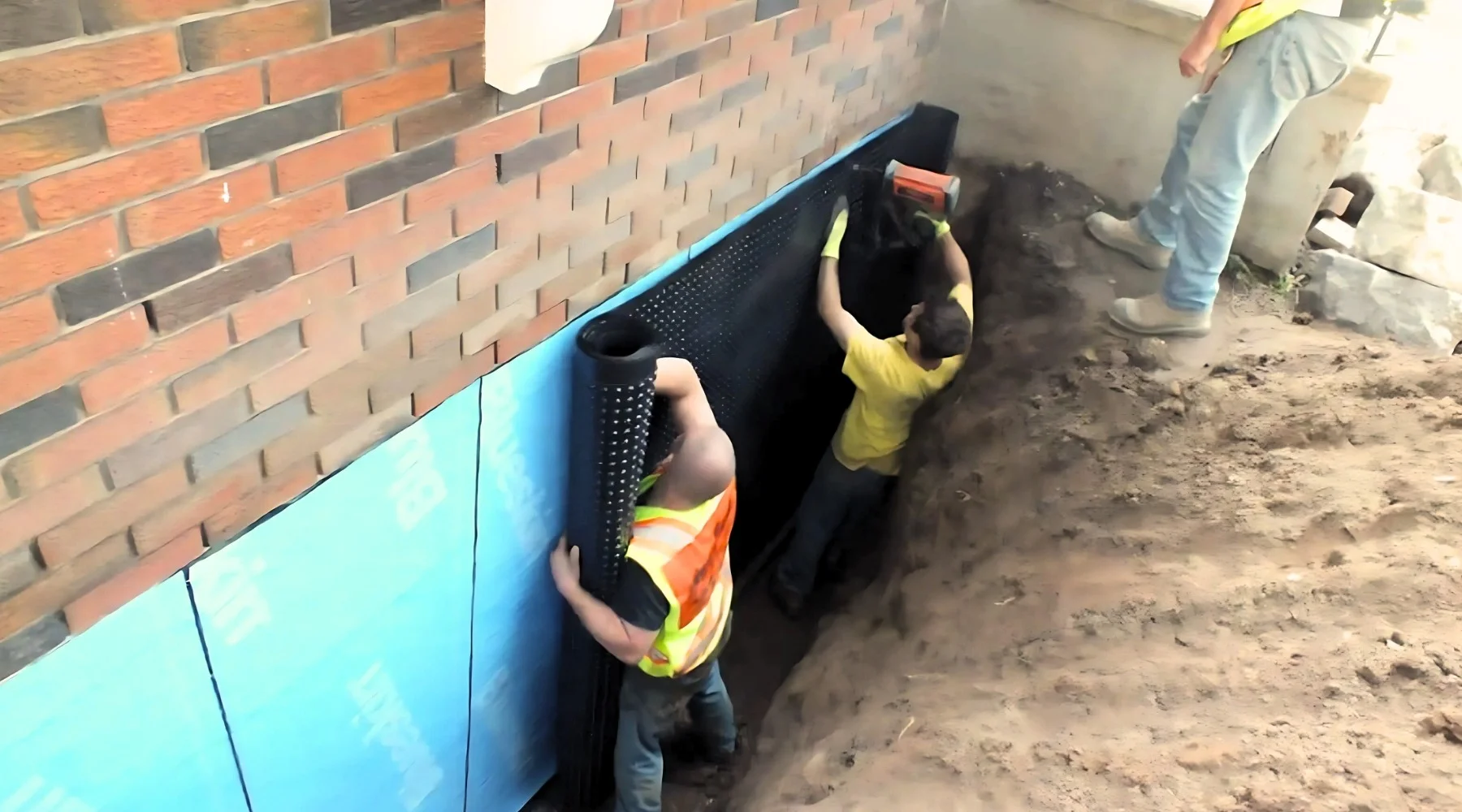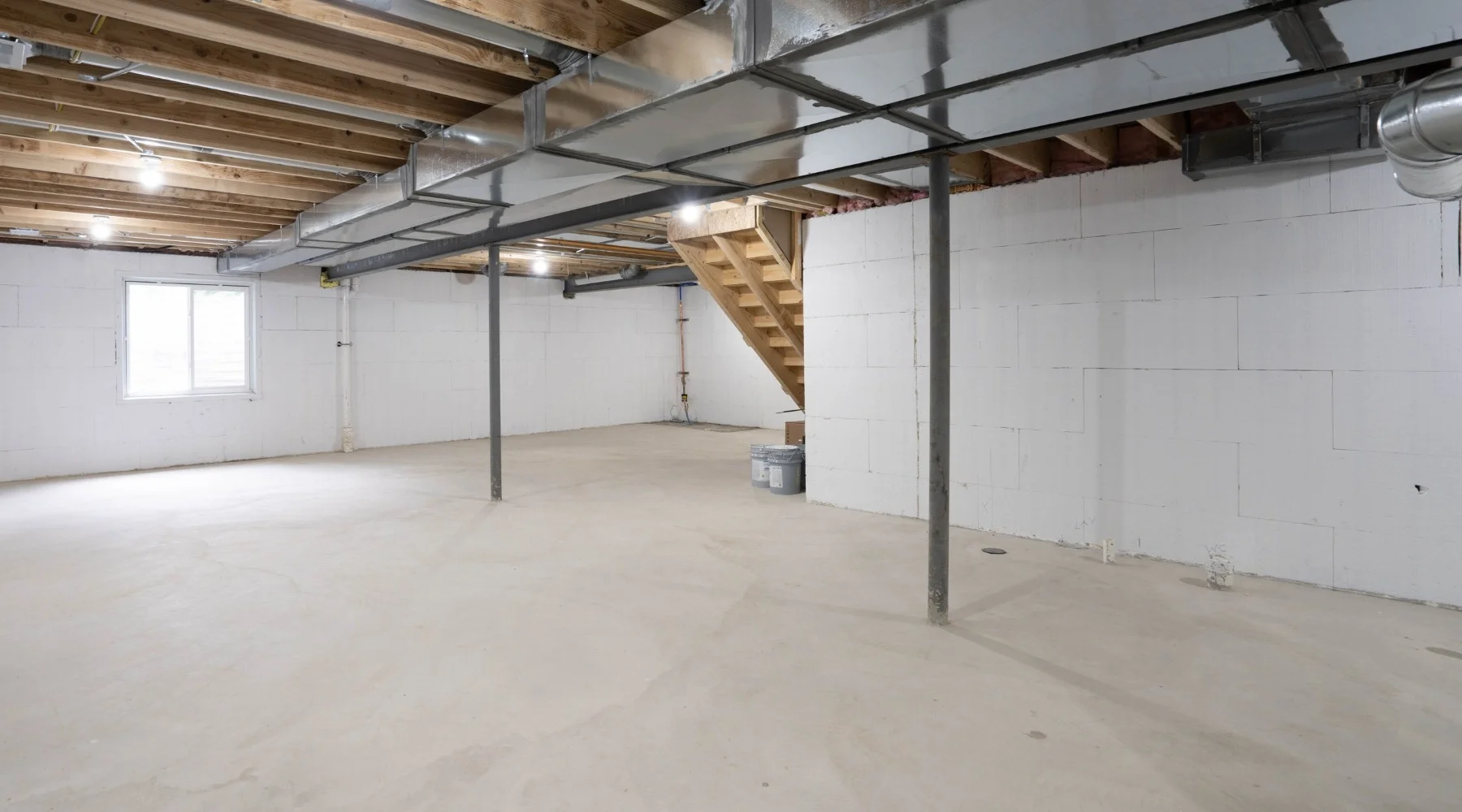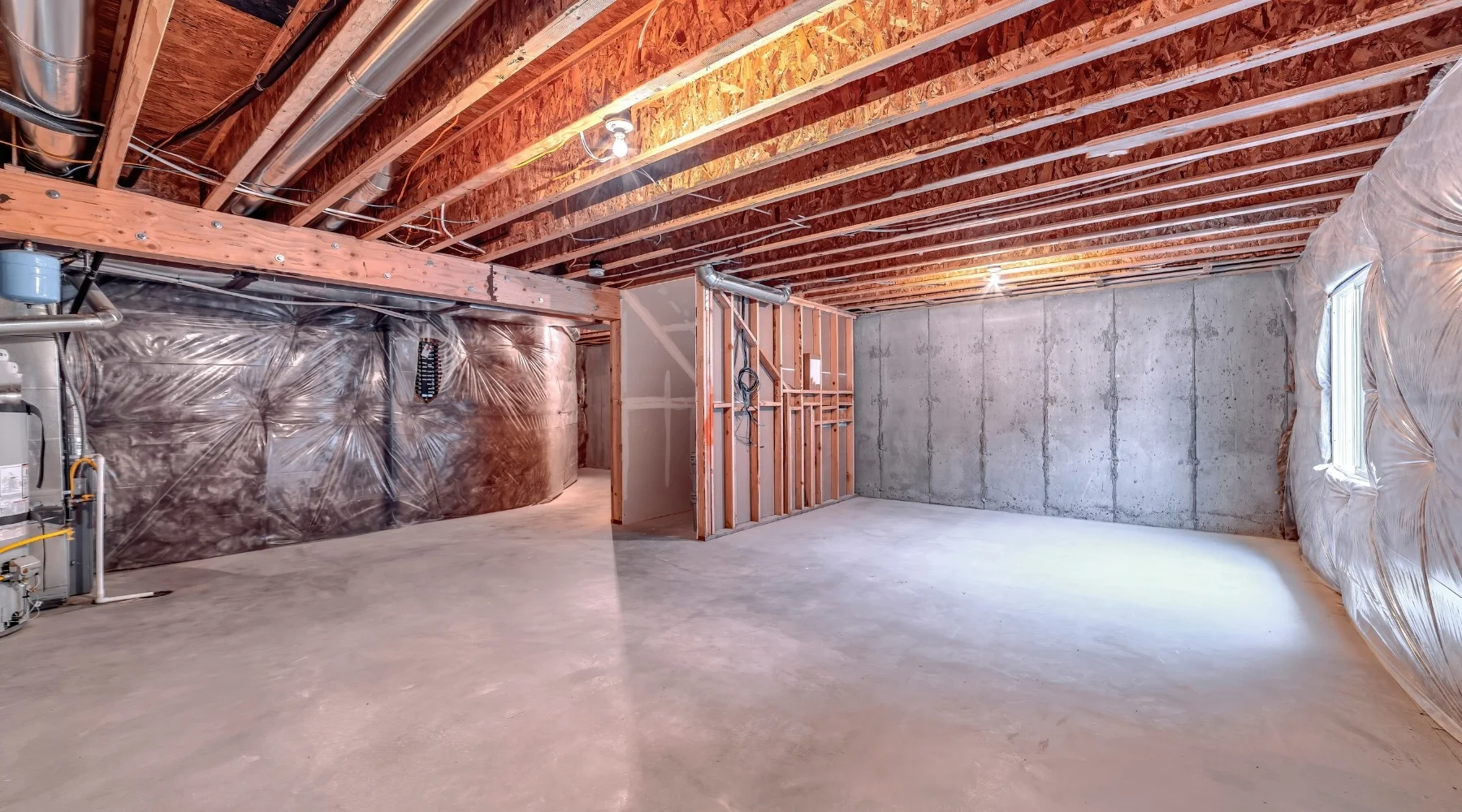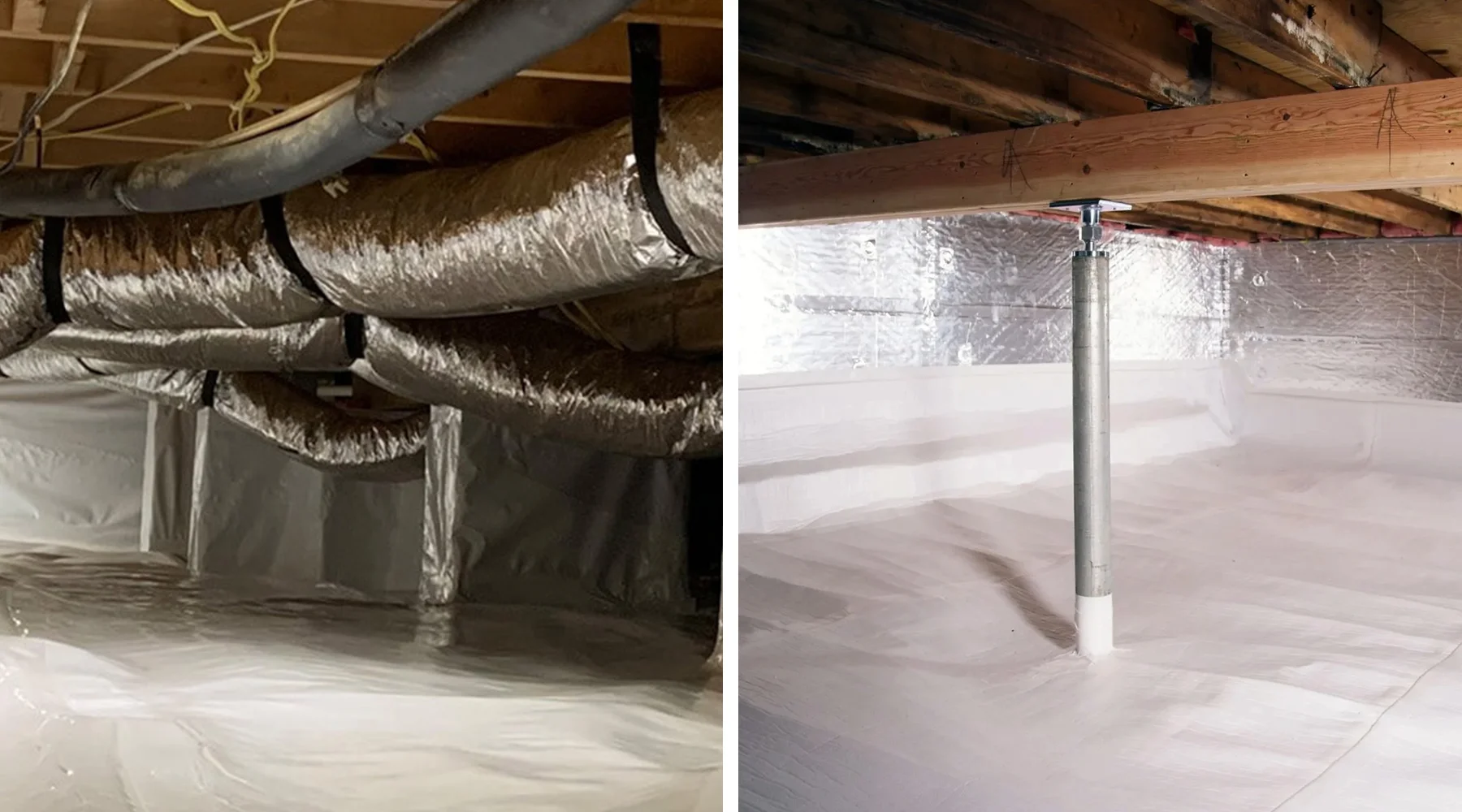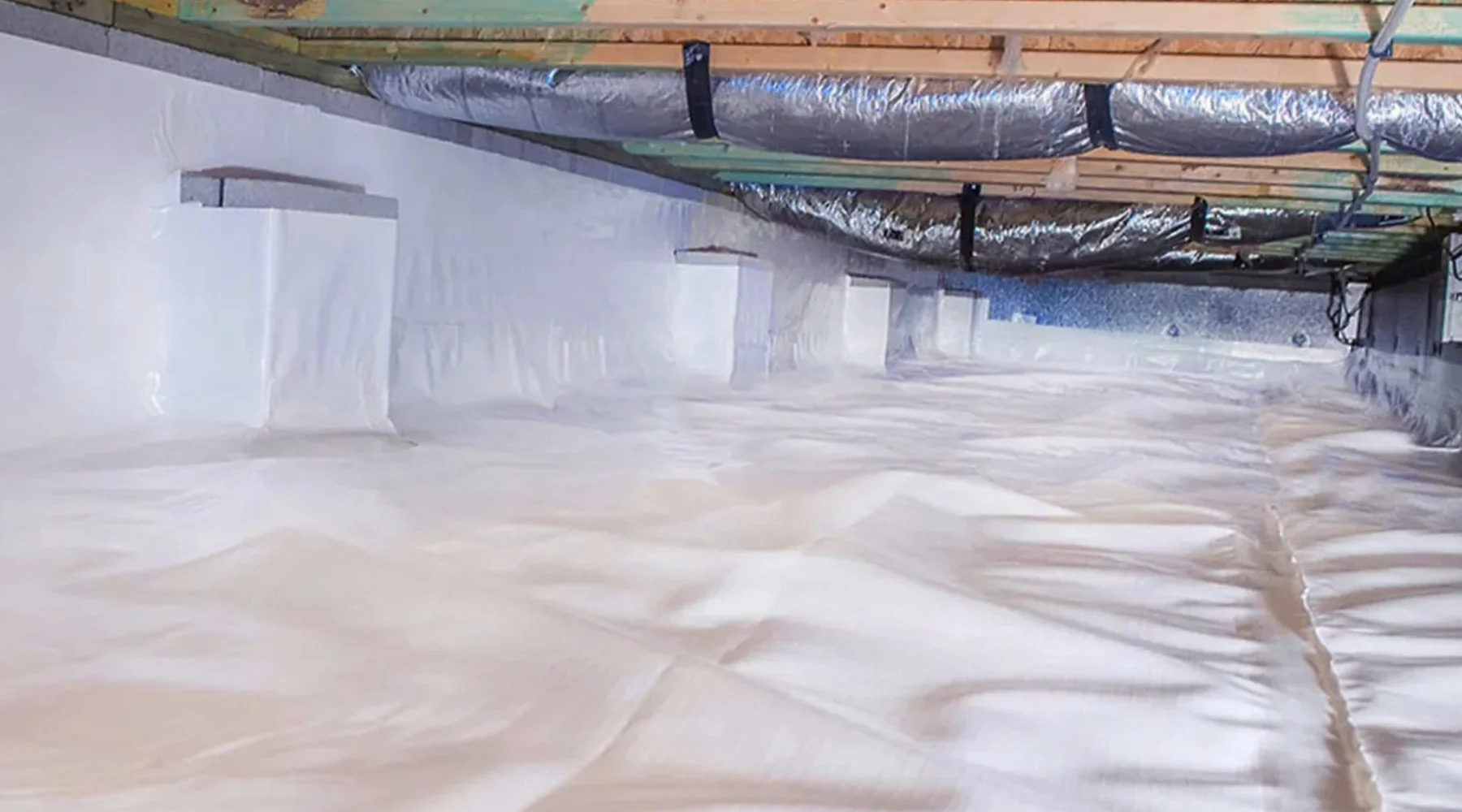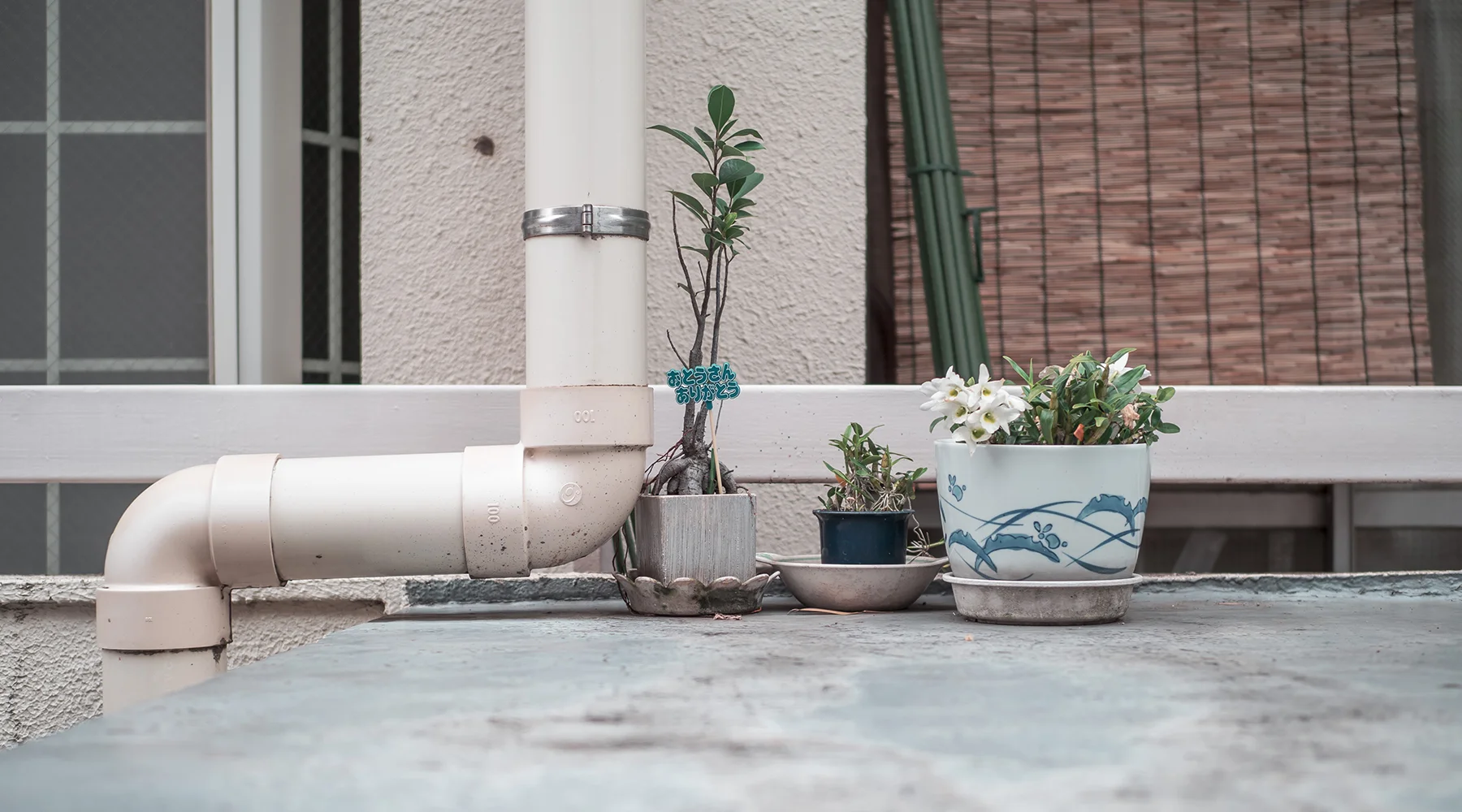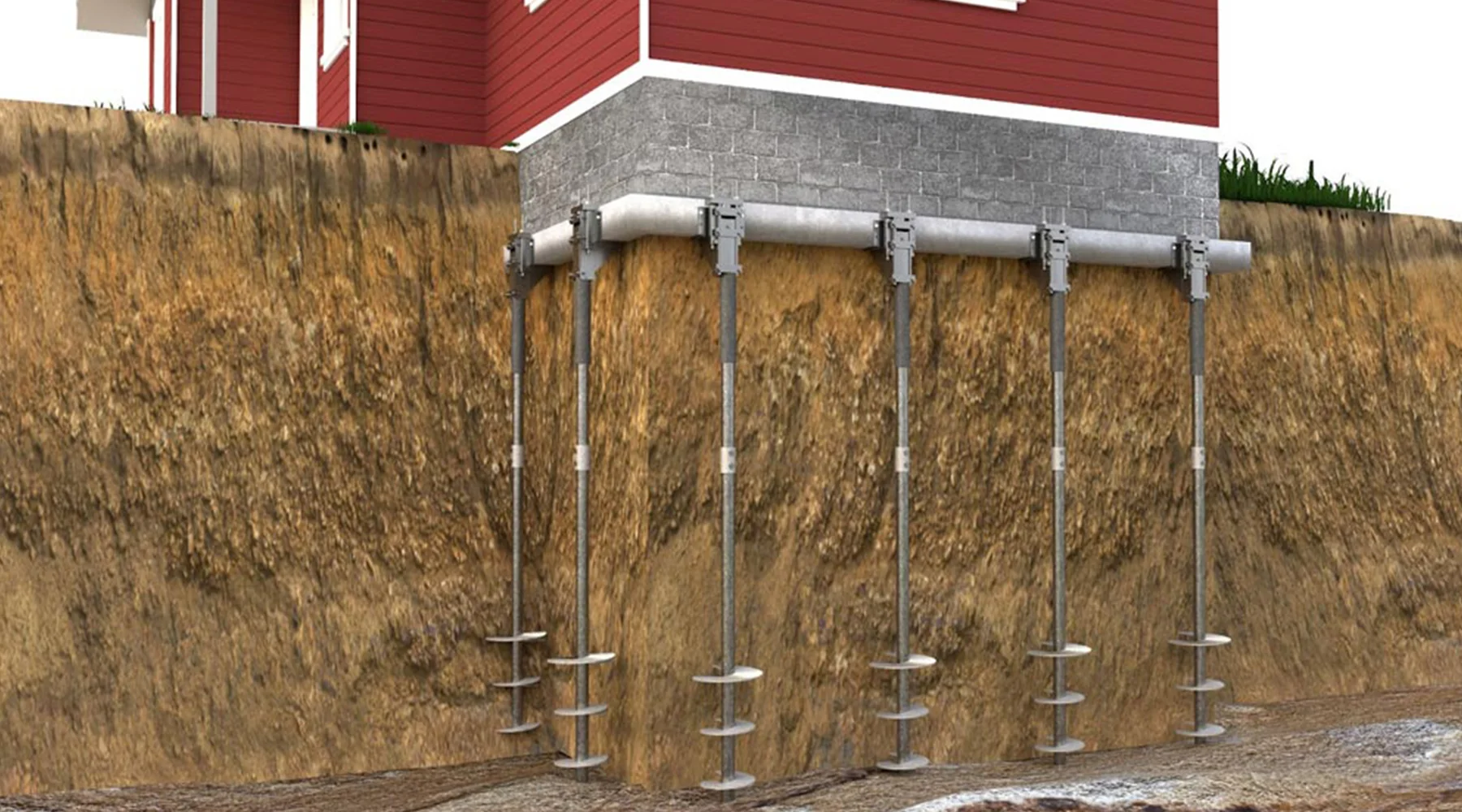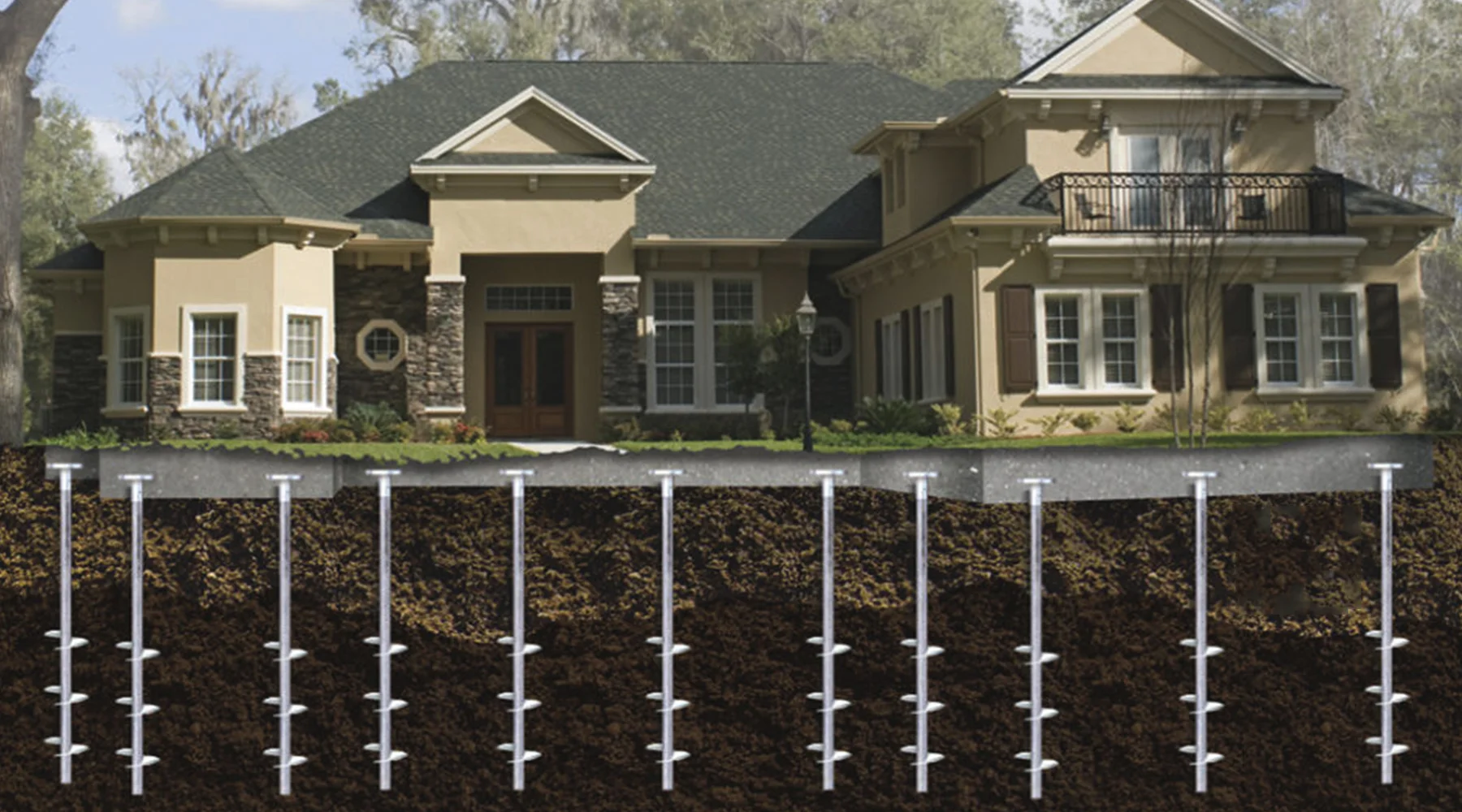How To Maintain A Dry Basement Waterproofing: Preventative Tips For Homeowners
Maintenance of your basement is vital for a healthy home, especially when it comes to preventing moisture buildup and potential damage. By employing effective basement...
Protect Your Investment | Don’t Wait for Damage! | Easy Financing Options Available | Get Your Free Waterproofing Estimate
Tristate Also Accepts:
Protect Your Investment
Don’t Wait for Damage!
Easy Financing Options Available
Get Your Free Waterproofing Estimate
Tristate Also Accepts:

Helical piers are built to last for decades—typically 75 years or more—when properly installed and used in the right soil conditions. Made from strong, corrosion-resistant steel, they offer a long-term solution for stabilizing foundations. Their durability makes them a trusted choice for both residential and commercial projects where long-lasting support ...
